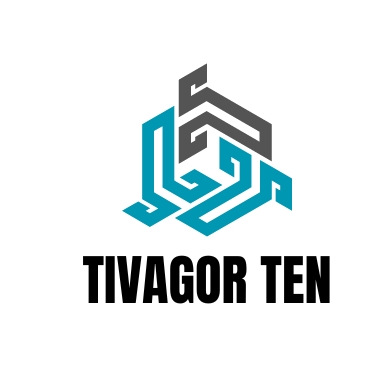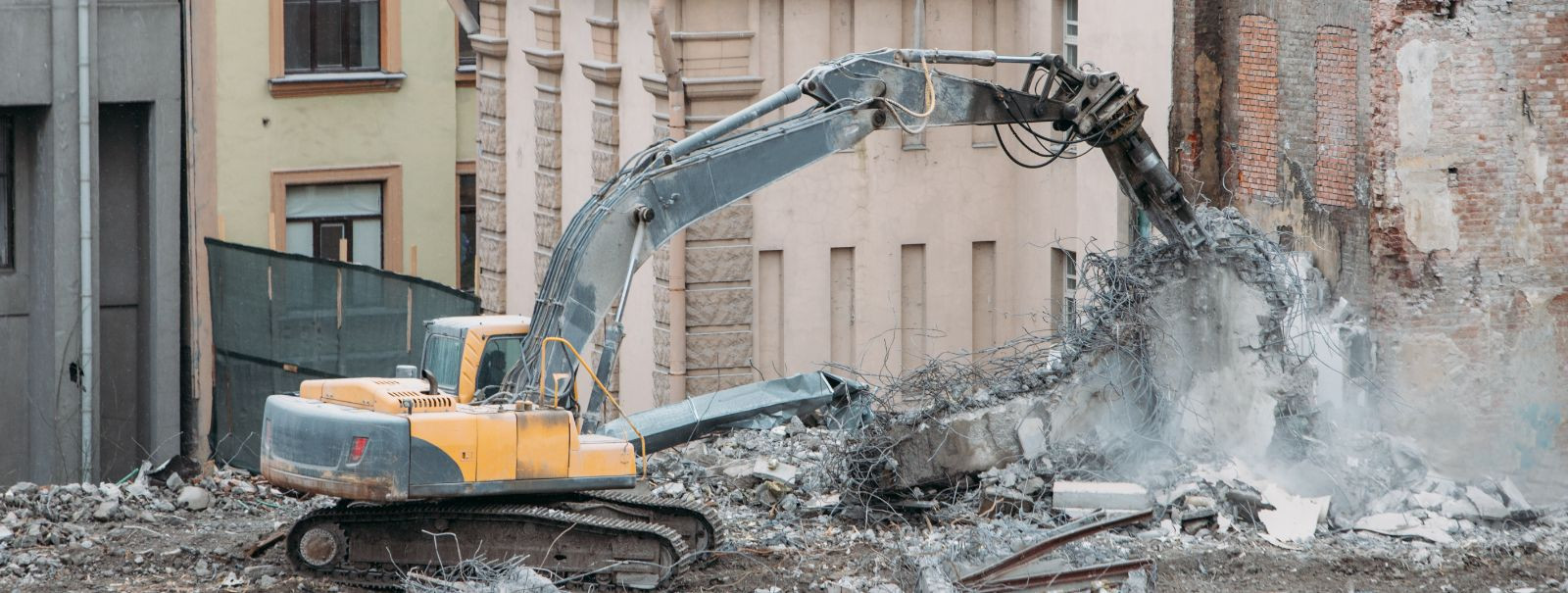5 sustainable building materials for eco-friendly homes
As the world becomes increasingly aware of the environmental impact of traditional construction methods, the demand for sustainable building materials has never been higher. Eco-friendly homes not only contribute to a healthier planet but also offer efficiency, durability, and often, cost savings in the long run. In this post, we explore five sustainable building materials that are revolutionizing the way we think about home construction.
1. Bamboo: The Renewable Wonder
Bamboo is one of the fastest-growing plants on Earth, making it an incredibly renewable resource. It can be harvested every three to five years, unlike hardwood trees which can take decades to mature. This rapid growth cycle ensures a consistent supply without depleting natural forests.
Despite its lightweight nature, bamboo boasts greater tensile strength than many alloys of steel and higher compressive strength than several mixtures of concrete. This remarkable durability makes it suitable for a wide range of applications in construction.
Bamboo can be used for structural frames, flooring, wall paneling, and roofing. Its natural aesthetic also adds a unique, organic touch to homes.
2. Recycled Steel: The Strength of Sustainability
Recycled steel is a prime example of upcycling materials in the construction industry. Utilizing recycled steel reduces the need for new steel production, which in turn lowers greenhouse gas emissions significantly.
Steel can be recycled indefinitely without loss of quality, making it an ideal choice for sustainable building. It also reduces waste in landfills as steel is one of the most recycled materials on the planet.
Recycled steel provides exceptional strength and durability for building frames, is resistant to pests, and can withstand extreme weather conditions.
3. Cork: Nature's Acoustic Insulator
Cork is harvested from the bark of cork oak trees, which does not harm the tree and allows it to continue growing. This process can be repeated every nine years, making cork a highly sustainable material.
With excellent thermal and acoustic insulating properties, cork is an ideal material for flooring, wall coverings, and insulation. It contributes to energy efficiency and comfort in homes.
Cork is naturally resistant to mold, mildew, and termites, and it's also fire retardant. Its durability and low maintenance requirements make it a practical choice for long-lasting construction.
4. Rammed Earth: The Ancient Eco-Friendly Trend
Rammed earth construction involves tamping down earth mixed with a small amount of cement to create solid walls. This technique has a low environmental impact as it uses local soil, reducing transportation emissions.
The high thermal mass of rammed earth walls can regulate indoor temperatures, keeping homes cool in the summer and warm in the winter, which reduces the need for artificial heating and cooling.
The natural textures and colors of rammed earth can be left exposed, offering an aesthetically pleasing and unique finish to homes.
5. Hempcrete: The Carbon Negative Innovation
Hempcrete is made from the woody fibers of the hemp plant mixed with lime and water. It acts as a carbon sink, absorbing more carbon dioxide over its lifespan than is emitted during its production and use.
With its excellent insulation properties, hempcrete contributes to significant energy savings by maintaining consistent indoor temperatures.
Hempcrete is non-toxic, mold-resistant, and provides a breathable wall system that contributes to a healthy indoor environment. It's also biodegradable, adding to its environmental credentials.






Comments (0)